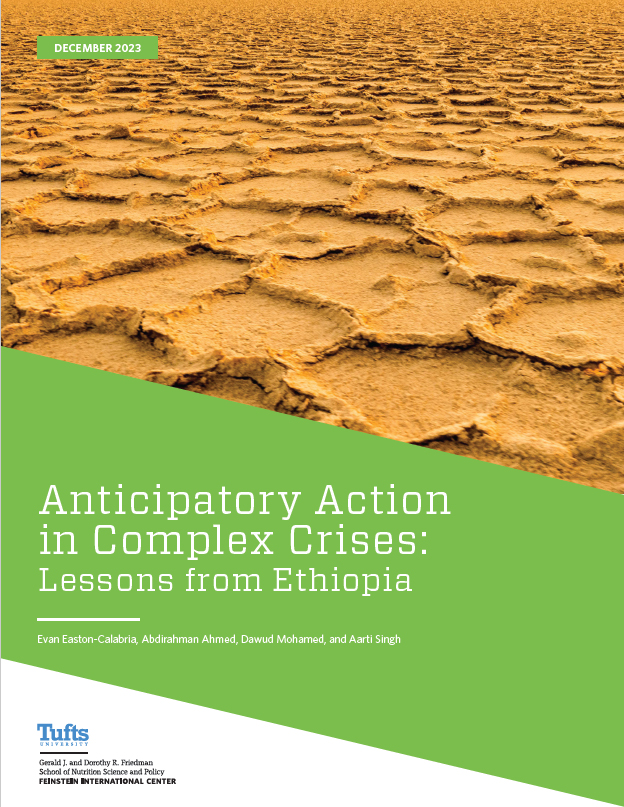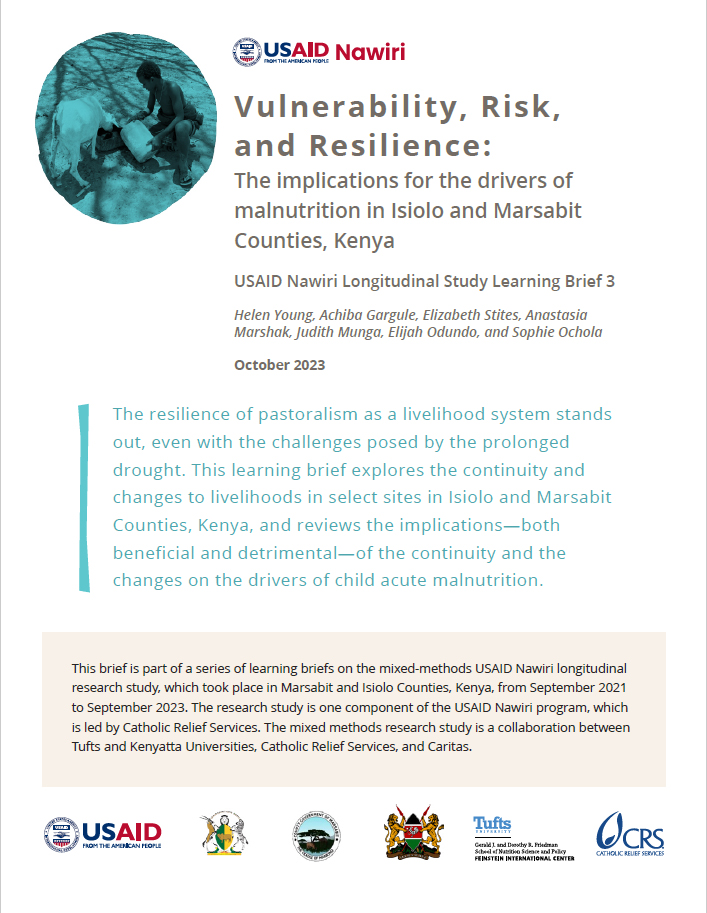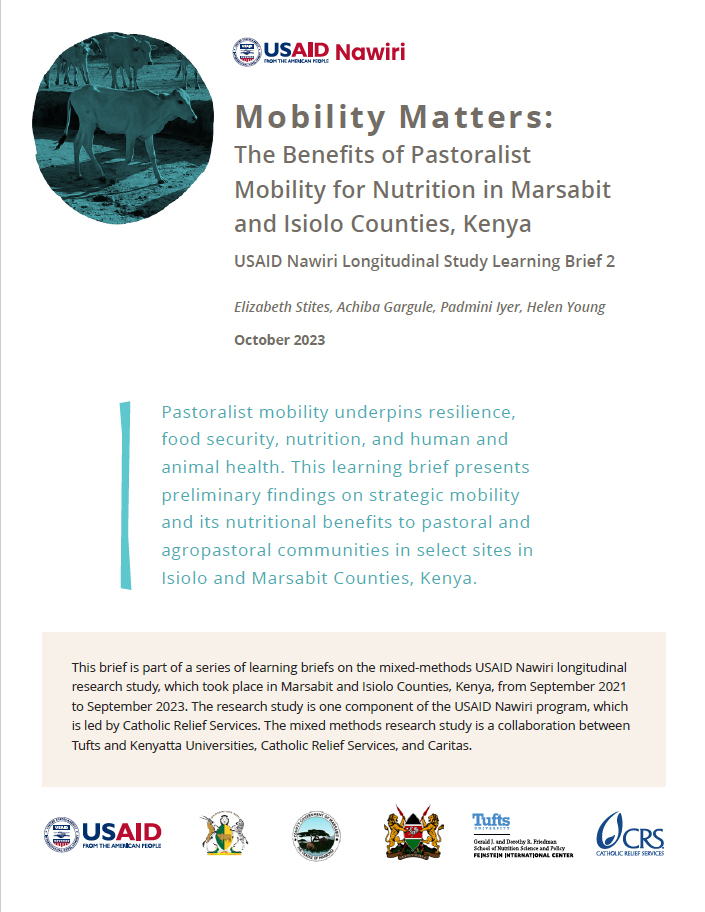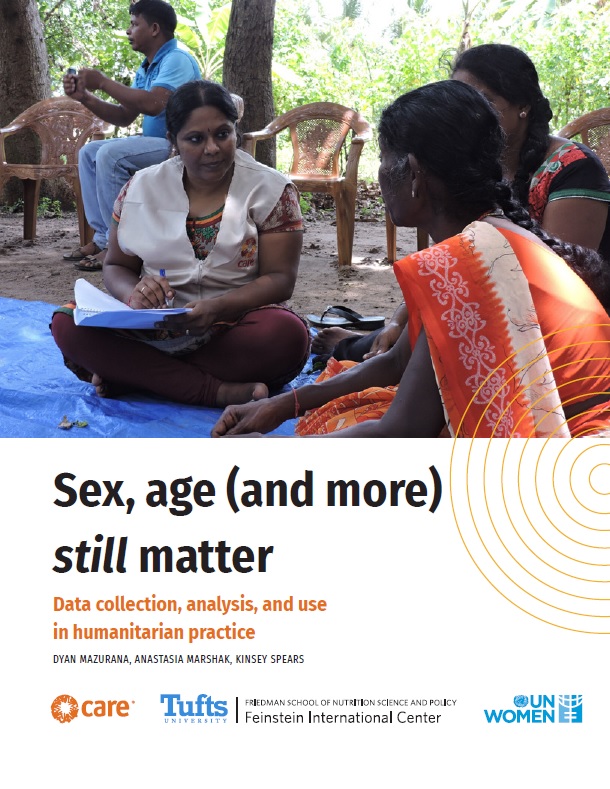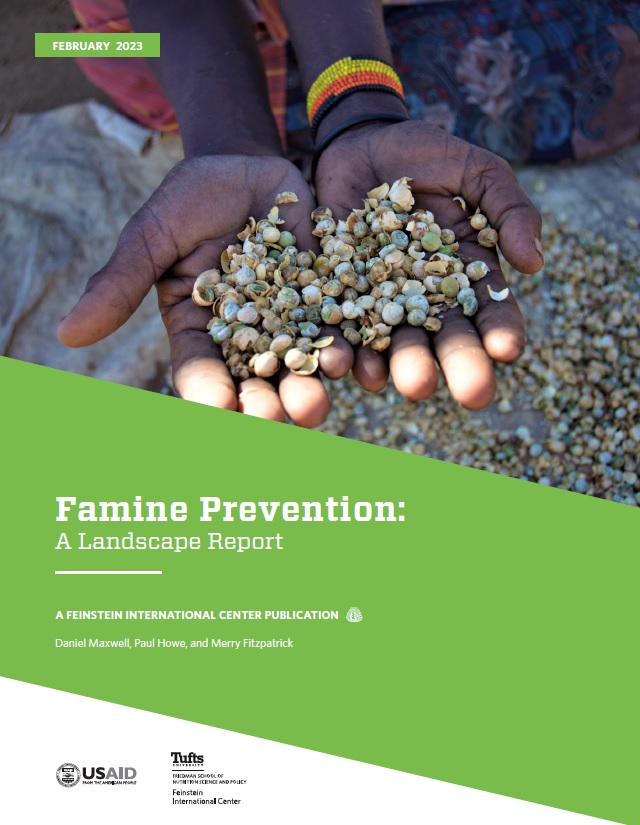This briefing paper is the first output from the LIVE project (Livelihoods, Insecurity and Value Chains Examination in Karamoja), a collaborative study with Save the Children in Uganda funded by USAID Food for Peace. Based on fieldwork from August 2010, the paper examines livelihoods, food security, and security in the northern Karamoja districts of Kotido and Kaabong, and seeks to understand the livelihood adaptations of communities and households to recent changes caused by internal stresses and external shocks. The briefing paper also examines community perspectives on new food aid policies, and discusses possible gaps between local and external expectations and program goals.
Adaptation and Resilience
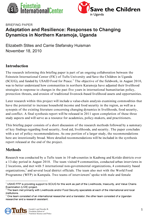
ASSOCIATED PROJECT
SUBJECTS
PUBLICATION TYPE
LOCATION

RELATED PUBLICATIONS
This study examines how anticipatory action was perceived and experienced among Ethiopians living with drought alongside other crises.
•
This learning brief explores the continuity and changes to livelihoods in select sites in Isiolo and Marsabit Counties, Kenya, and reviews the implications of the continuity and the changes on the drivers of child acute malnutrition.
•
This learning brief presents preliminary findings on strategic mobility and its nutritional benefits to pastoral and agropastoral communities in select sites in Isiolo and Marsabit Counties, Kenya.
•
This policy brief examines the relationship between famine declarations and funding since 2011. It shows that, with that one exception, there is little evidence that famine declarations actually result in a rapid increase in funding.
•

